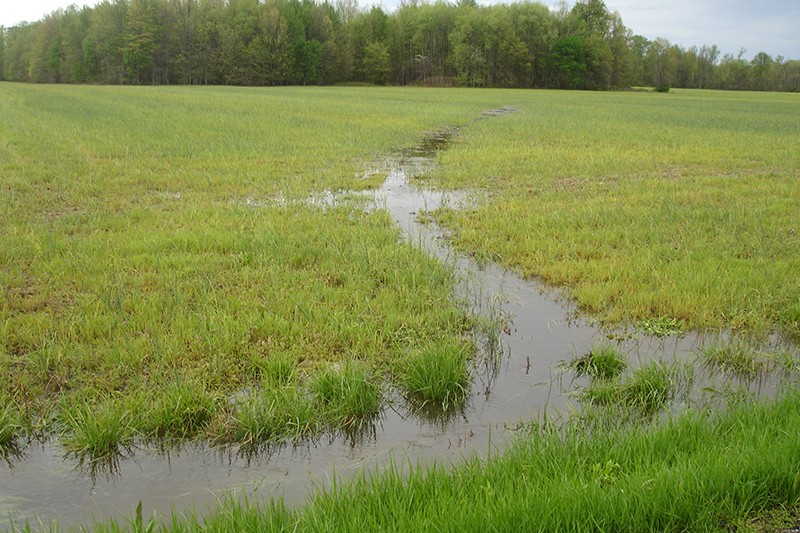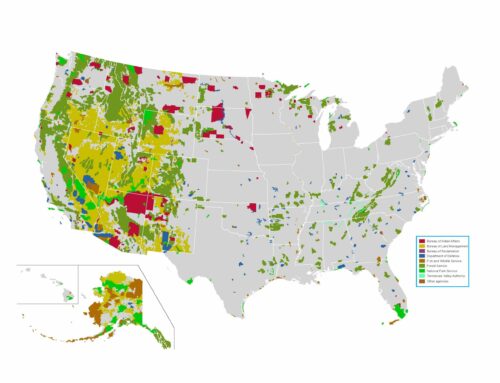by Greg Walcher, E&E Legal Senior Policy Fellow
As appearing in the Daily Sentinel
Sometimes as part of a dire prediction, someone will say, “I hope I’m wrong, but…”
Last week, I was completely wrong, and that’s great news. Writing about a petition for the U.S. Supreme Court to hear a new appeal on the extent of federal jurisdiction over water — the perennial “Waters of the U.S.” (WOTUS) issue, I predicted the extreme unlikelihood that the nation’s highest court would agree to hear the case. That’s partly because the justices agree to hear less than 1% of the cases brought to them, and also because EPA argued that the case is not “ripe,” because the agency will soon finalize another new WOTUS rule.
The confusion and inconsistency resulting from two opposite federal court rulings on WOTUS is among the greatest threats to Colorado water during my lifetime. The dispute represents a grave danger to the historic doctrine — reinforced many times over the past century — that water belongs to, and is controlled by, the states. The exception to that fundamental principle is the Clean Water Act, which created federal authority to regulate “navigable waters of the U.S.,” meaning major rivers, bays, inter-coastal waterways and oceans, which involve interstate commerce. The law remained clear that inland waters belong to the states, and Congress has never attempted to change that. But presidents and regulators have tried to do so, leading to the court case that began this roller-coaster of confusion and contradiction.






